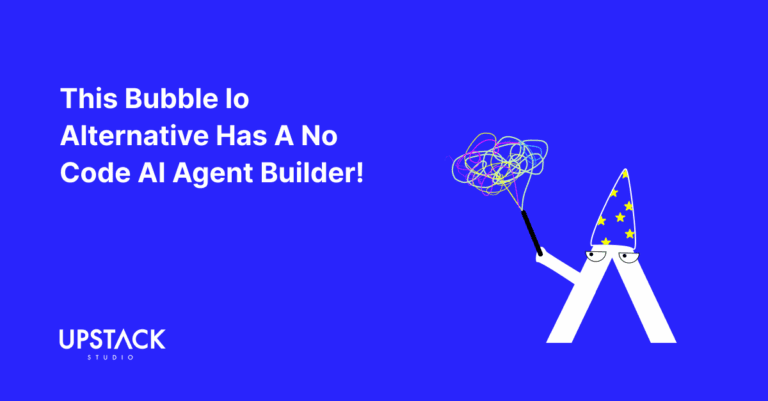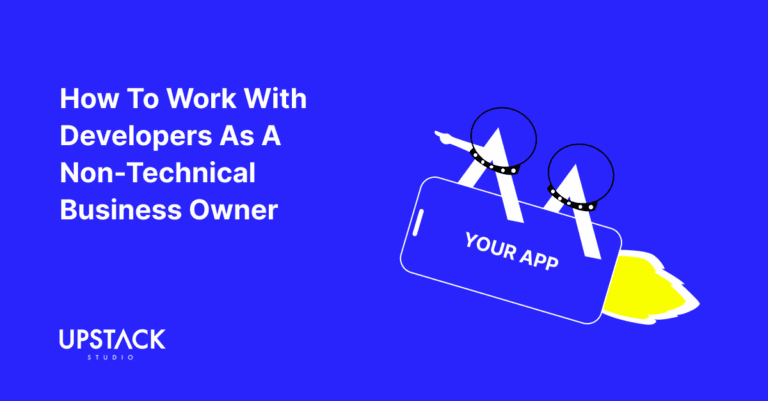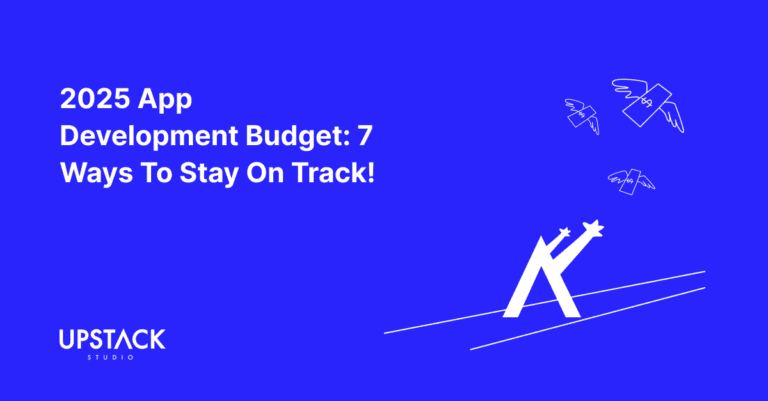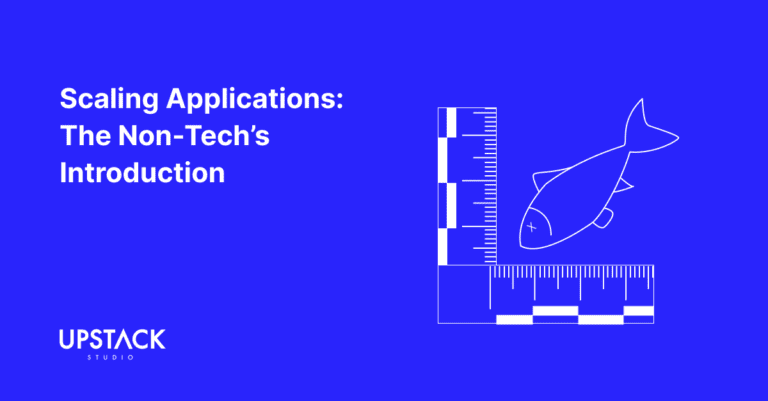Many don’t really know what AI agents are
While calling AI agents ‘LLMs on steroids’ isn’t wrong, it’s more marketing than anything.
Of course, you don’t have to be a tech wizard to benefit from tech, and AI agents are no exception.
Many existing businesses sense (correctly) that AI agents could help increase their productivity.

In response, many are interested in building AI agents as standalone SaaS businesses.
However, there’s still a lot of uncertainty about what AI agents are in the first place!
And so, in this article, we’ll break down:
- parts of an AI agent’s tech stack
- why RAG is awesome
- how you can create your own AI agent
Let’s begin
Key Parts of an AI Agent Tech Stack
Generally, a proper AI agent will have one or more of the six following components:
- Model Serving: Provides the agent’s brainpower.
- Storage: Acts as the agent’s memory.
- Tools and Libraries: The agent’s toolbox for performing tasks.
- Sandbox: A safe space for agents to run tools securely
- Agent Framework: The manager that handles memory, communication, and context.
- Hosting & Serving: The platform that makes it accessible (can be the framework too).
Put all that together for a specific purpose and you have what’s known as a vertical AI Agent.
This vertical AI agent is what can automate industry-specific workflows beyond the capabilities of typical SaaS.

This is made possible with Retrieval Augmented Generation or RAG, which you may have heard of, and which we explain next.
Retrieval-Augmented Generation (RAG)
Connect Open AI to an app and you’ll create a ‘GPT wrapper’ which will likely struggle with:
- giving specific answers
- staying on topic for very long
- saying ‘I don’t know’
These limitations make LLMs by themselves unsuitable for anything beyond surface level tasks.
That’s where retrieval-augmented generation or RAG comes in.
RAG isn’t a tool but a concept which enhances LLM accuracy and reliability by connecting them to specific external sources such as:
- a businesses’ internal manuals, videos, and logs
- various software tools and applications
- a memory database
And with that, the LLM can now remember past interactions, access and analyze specific data, and carry out searches to find current information–it’s an AI agent ready to assist with complex tasks.
Different agent frameworks have their own approaches to handling:
- information and memory management
- multi-agent communication
- LLM support

To optimize performance, it’s important to choose an agent framework that best ‘manages’ the LLM based on business goals and needs.
We’re no experts on agent frameworks, and we doubt readers want to be experts themselves, so we won’t list out the various frameworks and their pros and cons.
This is where an agency / consultant specializing in AI agents will guide the business in the right direction.
Can You Build Your Own AI Agent?
Absolutely–many tools allow users to easily create an AI agent with no code.

The agent can be created to solve the user’s own problem (like an internal tool for a company) or to power a software solution.
We’re going to share two main options you have provided you’re not thinking of an enterprise-grade solution.
- More pre-defined but less control
- Less pre-defined but more technical
More pre-defined but less customizable
These AI agent builders are designed to be highly accessible, offering users pre-defined templates, workflows, and processes.
While this approach makes it easy for non-technical users to get started, it comes with the trade-off of limited customization.
Users can modify certain aspects of the agent, but are generally stuck with built-in frameworks and structures.
Example: Agentix

Agentix provides pre-configured agent templates that allow users to create AI agents quickly.
However, the level of customization is restricted, making it more suitable for users who need a simple, fast solution rather than a fully tailored one.
Less Pre-defined but More Customizable
In contrast, other AI agent builders offer less structure and more flexibility, allowing users to build their AI agents from the ground up.
These tools require slightly more technical expertise and significantly more creativity, but they offer far more control over the agent’s behavior and functionality.
Example: Flowise AI

Flowise AI gives users much more freedom to design their agents.
Users still get pre-defined templates, but can fully customize the workflows, behaviors, and features of their AI agents.
This includes choosing from different LLMs and even frameworks (in this case LlamaIndex or Langchain).
Can You Make Money with AI Agents?
Well, the short answer is yes, but the longer answer is it depends on how.
If you’re planning on creating an AI agent to:
- streamline your current business workflows
- improve an existing SaaS product
Then absolutely!
However, if you want to build an AI agent to sell as a subscription service..probably not.
You’d have to ask yourself why people would pay for your AI agent when they could just as easily build one for themselves.
Some genuine reasons could be:
- It takes an extremely long time even using a drag and drop tool like Flowise
- You have access to proprietary information that can create unique agents
- Ideally, both!
The next question you’d want to ask is whether such an agent already exists, for example on a directory like AI Agents List.

If you find an untapped niche that you can fill, then ‘maybe not’ turns into give it a shot!
From there, it turns into a standard SaaS or app development project, which requires addressing key aspects of creating software solutions:
- Idea validation
- Choosing a suitable no code app builder or developer
- Structuring a realistic app design and development schedule
- Paying attention to user feedback!
Happy building!
If you’re looking to build a mobile application, check out our portfolio of past projects and contact us if you like what you see. Also, consider joining our mailing list for a one-stop resource on everything from micro-SaaS validation all the way to execution and promotion. Get a nifty list of questions to ask app developers when you sign up!
Download this template now so you know exactly what to ask App Development Agencies! Let us know where should we send it through the form below.





